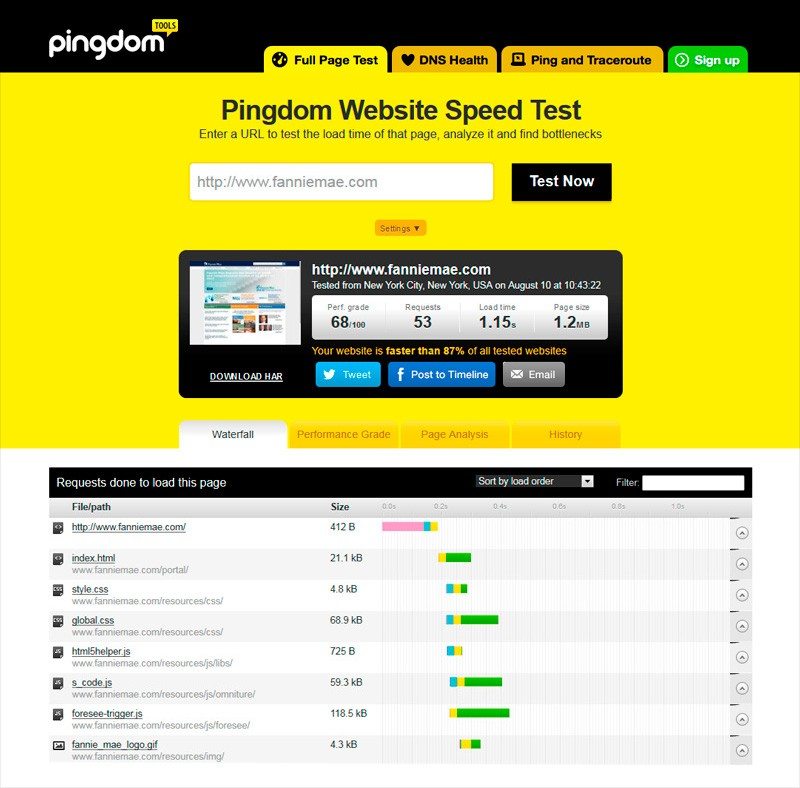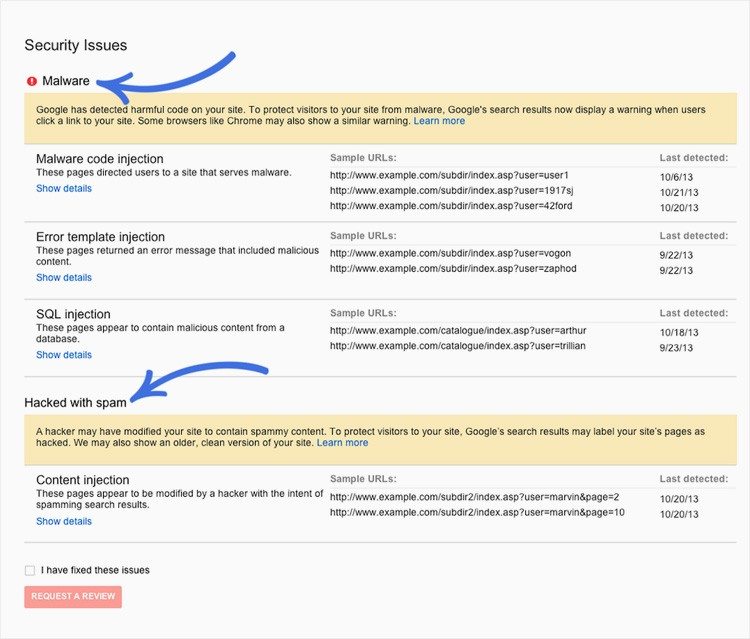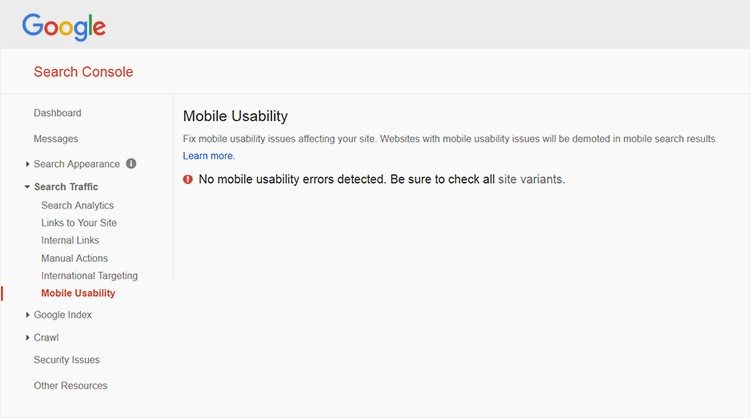Knowing whether your site needs minor upgrades or a total website redesign is not a simple process.
With research suggesting that US shoppers will spend close to $327 billion online in 2016, having a fully optimized website is a must if your company doesn’t want to miss out. 1 in 2 consumers feel that a brand doesn’t care about business if their website doesn’t provide a good user experience, while 40% of mobile users leave a website and look for another if they are not happy with they layout.
How do businesses find out if their website needs updating? In this article, we reveal the best online tools that measure a website’s performance to reveal whether a website needs a full upgrade, some minor tweaks or is fine as it is.
1 Crazy Egg
Crazy Egg is a heat mapping software tool that gathers metrics on how visitors interact with a website. The tool measures the areas visitors click on the most, which parts of a webpage generate the most engagement and possible friction points that prevent prospects from converting.
Harry Fay Jewelry Boutique used Crazy Egg to measure the performance of their website and found several major problems. One of them being a poorly designed homepage that failed to engage prospects:

Using the data, they revamped their website design to encourage visitors to scroll further down the page and pay more attention to conversion points, which increased website engagement and ultimately sales. You can find the full case study by clicking this article.
BEST FOR: Identifying how visitors interact with individual webpages.
2 Mobile-Friendly Testing Tools
Ever since Google rolled out their mobile search engine update, responsive websites have become mandatory for any business with an online presence.
Google Mobile-Friendly test – Is a free service that decides whether a website is mobile friendly or not. Even with Google’s update in full swing, more than 40% of Fortune 500 companies still do not have mobile websites:

The test can be taken by clicking here.
BEST FOR: Checking the responsiveness of a website.
3 Website Speed Tools
PageSpeed Insights is a free Google service that provides feedback on a website’s mobile and desktop performance.
One of the biggest reasons for an excessive website bounce rate is high website load times. A little over 25% of a website’s total traffic will leave if a page takes longer than 4 seconds to load.
Businesses can’t generate leads or make sales online if prospects don’t stay on their site.
Additionally, Google is known to use page speed times as one of their SEO ranking factors, meaning businesses who are in competition for highly targeted keywords with competitors should ensure their website loads faster.
Google PageSpeed identifies areas where site issues are harming webpage load times, offers solutions on how they can be fixed and a rating score from 0-100:

The test can be taken by clicking here.
Another valuable testing service is Pingdom, a great resource for testing website load times and revealing how long various elements of a page take to load:

To compare websites, Which Loads Faster is another free speed tool that puts two websites head-to-head and reveals who is quicker to the punch in a number of areas.
BEST FOR: Improving website load times.
4 Google Analytics
Google Analytics is the ultimate tool for tracking user traffic and their online footprint. Google Analytics reveals everything from bounce rate for mobile and desktop users, webpages that receives the highest exit rate, creates visual footprints showing how users navigate through a website and much more.
Free to use, Google Analytics is packed with useful metrics that can not only help a business improve its website design, but validate their overall online marketing strategy. While a powerful tool, it’s best used by marketers and website designers who can digest the data and make actionable changes to improve website user experience.
BEST FOR: All-round analytic tool.
5 Google Webmaster Tools
Google Webmaster Tools (GWT) is yet another free Google tool that reveals possible coding and security threats a website may be vulnerable to. Logging into the GWT search console, businesses can find security issues, crawling problems and any external threats or penalties a website may have:

Source: Search Engine Land
GWT will also list any crawl errors robots have and if website code is affecting mobile usability:

GWT is free to use.
BEST FOR: Finding security problems and issues that crawl bots face indexing a website.
Summary
Simply looking at a website is not enough to know whether it needs to be updated or redesigned. To get the full facts, businesses need to run various tests and audits to find friction points that may hinder a user’s online experience or potential security threats that can see company data comprised and customer information put at risk.
Once the data has been gathered, if any problems have been found then it would be in a business’s best interest to implement the necessary changes. As more consumers are heading online to research their purchases, businesses with a great and fully functioning website are the ones who will be able to take advantage.

